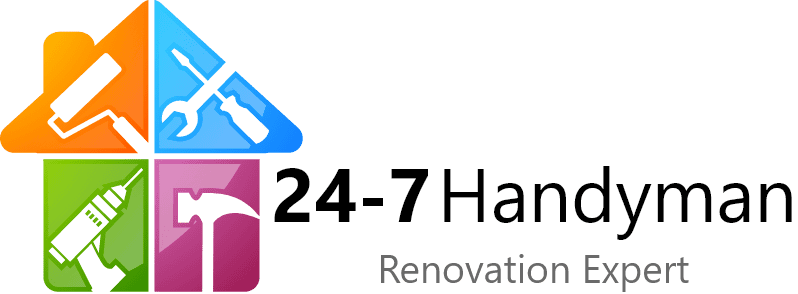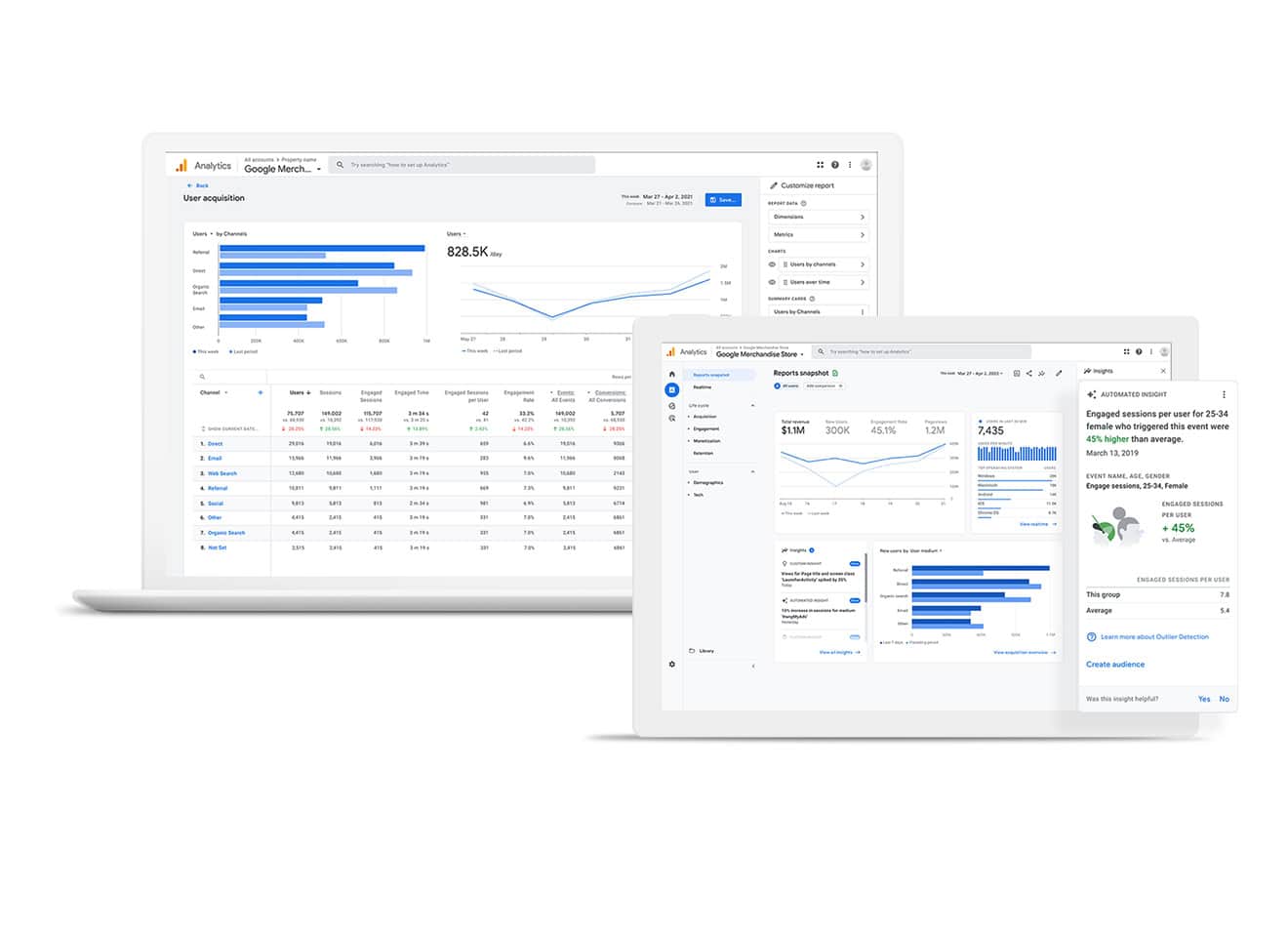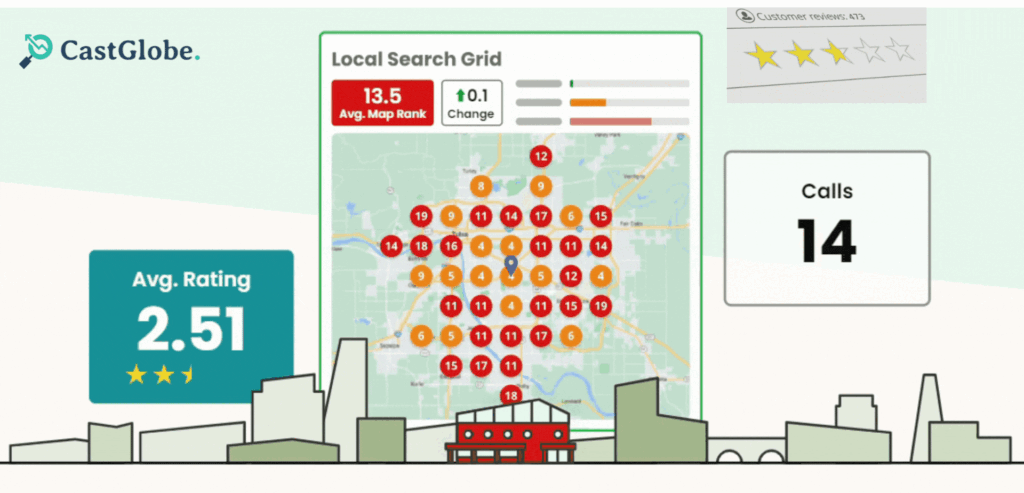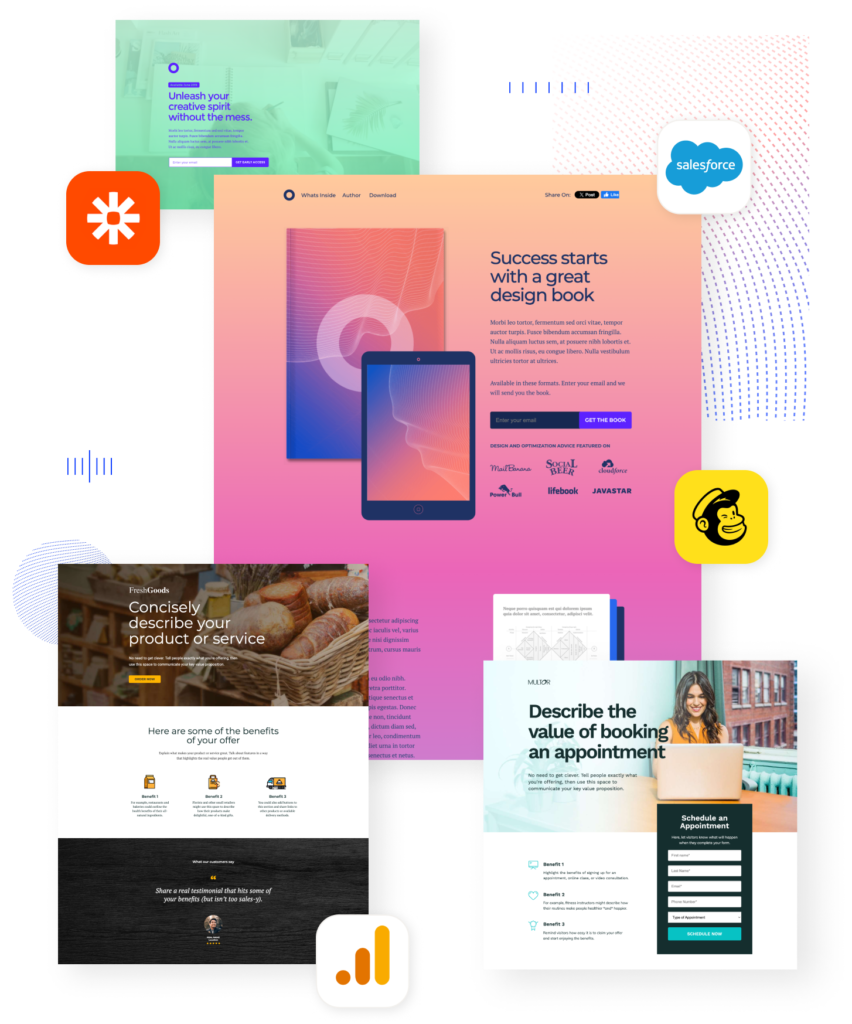In an increasingly crowded online marketplace, standing out to capture potential clients has never been more crucial. Google Ads, a titan in digital advertising, offers a potent arsenal for businesses to generate leads and dominate their respective markets. To navigate the competitive landscape, understanding the linchpin of your online campaign—quality scores—is the first step towards unlocking your business’s potential. This article lays out the roadmap for maximizing your Google Ads efficiency, from honing quality scores to outsmarting competitors. The journey to building a robust lead generation machine awaits.
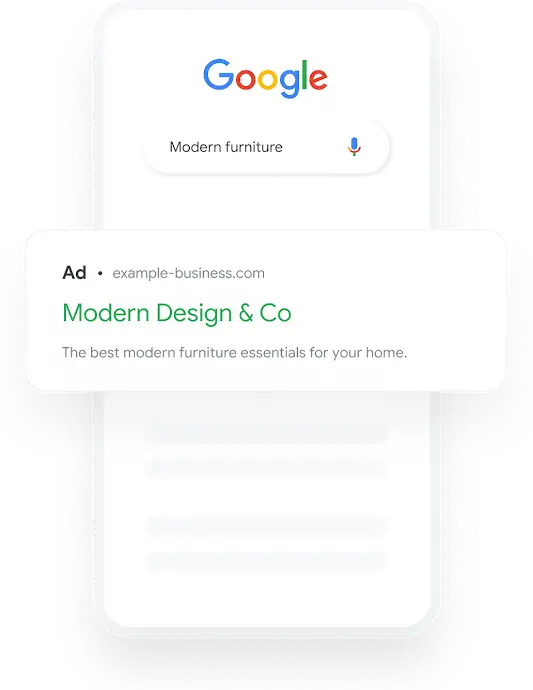
Table of Contents
Why Google Ads is essential for lead generation
Google Ads is an indispensable tool for businesses seeking to amplify their online presence and capture more leads. This platform allows companies to place themselves directly in front of potential customers who are actively searching for related services, thus increasing the likelihood of converting search queries into valuable business opportunities. Given that Google commands an impressive 56.1% of search ad revenue in the USA, leveraging Google Ads is important for maintaining a competitive edge.
Key aspects of Google Ads include precise targeting, which facilitates businesses to reach their intended audience, and robust analytics, which provide insights for optimizing campaigns. Adjusting campaign settings according to those insights ensures that each click received is more likely to result in a quality conversion, improving the average conversion rate.
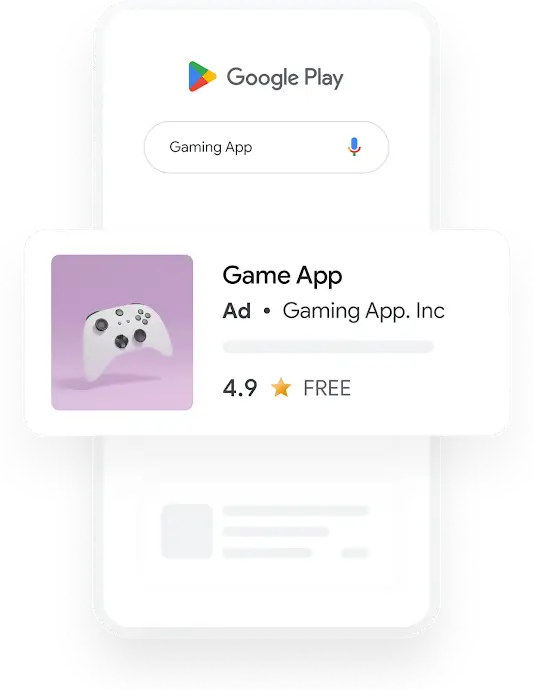
Effective strategies, such as using negative keywords to filter out irrelevant searches or securing a Google Guaranteed Badge—particularly useful for Local Service Providers like renovation companies, roofers, and plumbers—can further enhance trust and attract qualified leads.
By focusing marketing efforts through Google Ads, business owners can ensure they present their offerings to the right audience at the right time, bolstering their conversion rate and achieving a significant return on their advertising investments.
Optimizing Quality Scores
Understanding the paramount importance of Quality Scores within Google Ads campaigns is a game-changer for business owners and marketers. Quality Score is a crucial metric used by Google to evaluate the quality and relevance of both your keywords and the associated ads in Pay-Per-Click (PPC) campaigns. A superior Quality Score can lead to more favorable ad positions on the search results page and can reduce overall costs. This is because Google rewards ads that deliver what the user is searching for, making your campaign more cost-effective.
The factors that influence Quality Scores include Click-Through Rate (CTR), the relevance of the ad copy, the quality of the landing page, and the historical performance of your Google Ads account. Notably, improving ad relevance and landing page experience are pivotal ways to optimize these scores.
A better Quality Score signifies to Google that the ads and keywords you’re using are both relevant and beneficial to your target audience. When your ads are deemed more suitable for a user’s search terms, Google is more likely to rank them higher at a reduced cost per click (CPC). Consequently, Quality Score optimization isn’t merely a boost to campaign performance; it’s integral to managing and maximizing the efficiency of your Google Ads budget.
Understanding the Importance of Quality Scores
In Google Ads, your Quality Score is like a report card for your keywords and ads, comparing their performance to your competitors. A high Quality Score indicates that your ad and its landing page are highly pertinent and advantageous to those viewing it. Why is this so critical? Because the higher your Quality Score, the lower your costs can be for each click and the better placement your ads may receive.
The relevance of your ads and the user experience provided by your landing pages are paramount when Google determines Quality Scores. These scores directly impact the cost-effectiveness and overall success of your Google Ads campaigns. Essentially, a better Quality Score equates to spending less for potentially more rewarding ad placements. This advantage underscores why a deep understanding of Quality Scores—and a commitment to improve them—should be core to your marketing efforts.

Techniques to Improve Quality Scores
To enhance your Quality Scores, and thereby reap the benefits of lower costs per click and improved ad rankings, several techniques can be applied:
- Keyword Relevance: Ensure that your keywords are highly relevant to the ads in your campaign. Regularly prune and refine your keyword list, including long-tail keywords that can help reach a more targeted audience.
- Ad Text Relevance: Craft compelling ad copy that includes your target keywords. This not only helps with relevance but can also improve click-through rates.
- Landing Page Quality: Create landing pages that are directly related to your ad groups and provide a good user experience. This means fast loading times, mobile optimization, clear call-to-actions, and content that delivers on what the ad promises.
- A/B Testing: Conduct split tests with your ad copy and landing pages to see what works best. Use the data to make data-driven decisions that could lead to higher Quality Scores.
- Negative Keywords: Utilize negative keywords to prevent your ads from appearing for unrelated search terms, thus improving the relevance of your ad to search queries.
- Ad Extensions: Use ad extensions to provide additional information and increase your ad’s visibility. This can lead to higher click-through rates, which in turn can improve Quality Scores.
- Monitor Performance: Keep an eye on the CTR of your ads. A low CTR may indicate that your ads are not relevant to your target audience, while a high CTR suggests that you’re on the right track.
By routinely applying these techniques and making adjustments based on performance data, Quality Score optimization can become an integral part of your ongoing Google Ads management process. As Quality Scores improve, so too should the return on your investment in Google Ads.
Outsmarting Competitors’ Ads
In the competitive world of online marketing, gaining an edge over your rivals can make a significant difference in winning more leads and projects. Outsmarting your competitors’ ads on Google involves strategic observation and reflection on what makes their advertisements successful. It’s about finding the gaps in their strategies and capitalizing on them.
However, it’s not simply about copying what your competition is doing. On the contrary, it’s about comprehending their tactics and building upon them to create even more effective advertising campaigns for your business. By analyzing top-performing ads, you can glean insights on everything from their chosen keywords to the messaging that resonates with the target audience. This can lead to a fine-tuned advertising strategy that propels your business to the forefront of your industry.
Understanding the strengths and weaknesses of competitors’ ads can also inform the direction and differentiation of your ads. This knowledge can enhance your Google Ads’ relevance and targeting, leading to better Quality Scores and, ultimately, a lower cost per click (CPC) and higher ad placement. With the Google Guaranteed badge, local service providers like renovation companies, roofers, and plumbers can also establish trust and credibility, making a strong case for potential customers to choose them over competitors.
Analyzing Competitors’ Ad Strategies
To analyze competitors’ ad strategies effectively, you might use tools such as SpyFu, which exposes the keywords that competitors are bidding on and those driving organic traffic. Here’s how you can leverage such a tool:
- Enter a competitor’s URL to reveal the ad strategies and success metrics including ad variants and search terms.
- Understand the frequency and context in which your competitors’ ads appear, discovering gaps in their strategies.
- Uncover their budget allocation for high-performing keywords, and find less expensive, niche-specific alternatives for your campaigns.
By analyzing your competitors’ keywords, you can identify opportunities to either compete directly on high-value terms or tailor your approach to target less saturated niches. Moreover, insights obtained from competitors’ Google Ads campaigns provide valuable learnings that can enhance the effectiveness of your own ad spend and improve your conversion rate.
Creating Compelling and Unique Ad Copy

Creating compelling and unique ad copy is critical for capturing the attention of your target audience. Here’s how you can craft ad copy that stands out:
- Incorporate Targeted Keywords: Place relevant keywords strategically within your ad copy to improve both your CTR and Quality Score. Align these keywords with user search queries for greater ad relevance.
- Utilize Power Words: Words like “exclusive,” “guaranteed,” and “free” can entice users to take action. Be imaginative and use language that provokes emotion or creates a sense of urgency.
- Be Unique: Differentiate your ad copy from competitors to avoid getting lost in a sea of similarity. Offer a clear value proposition that highlights what sets your business apart.
- Focus on Benefits: Emphasize the benefits of your service rather than just the features. How does it solve a problem or improve the customer’s life?
- Provide Social Proof: Incorporate elements of social proof such as customer testimonials or ratings, especially if you display the Google Guaranteed badge, enhancing credibility and trust.
- Call-to-Action (CTA): End with a strong CTA encouraging potential customers to take the next step, whether it’s contacting your business, filling out a form, or making a purchase.
By tailoring ad copy to your target audience and ensuring it carries an unmistakable brand voice, you can improve your ad’s performance. The goal is to combine relevance and creativity to not just attract clicks, but drive quality conversions.
Leveraging AI and Automation
In today’s fast-paced digital marketplace, leveraging AI and automation in Google Ads provides a crucial edge for business owners looking to win more leads and projects. AI-powered tools are becoming central to the development of ads, leveraging algorithms and data-based insights to enhance ad strength and impressions. Tools like Automatically Created Assets rely on machine learning to generate optimal headlines and descriptions, thus taking the guesswork out of crafting compelling ad copy.
The AI-powered Image Generator in Performance Max campaigns is another game-changer, creating visually stunning ad content that aligns with campaign goals. These automations not only ensure creative excellence but also grant a strategic advantage by streamlining the ad creation process. Moreover, the optimization of ad targeting and bidding processes benefit from these technologies, enhancing the overall efficiency and effectiveness of advertising campaigns.
Benefits of AI and Automation in Google Ads
AI and automation are reshaping how business owners approach online marketing by providing valuable insights into ad performance and customer behaviors. By harnessing AI to optimize ad targeting and bidding processes, Google Ads can achieve a higher level of precision. For instance, the implementation of AI-powered tools such as the Automatically Created Assets feature imbues ads with the potential for greater strength and impression levels.
When advertisement visuals are concerned, the use of an AI-powered Image Generator allows for the crafting of visually compelling content that freshly resonates with the intended target audience. Despite their sophisticated capabilities, these AI tools do require continuous monitoring and refinement to maintain optimal performance and to ensure that the personalized targeting and dynamic ad generation continue to contribute to the success of marketing efforts.
How to Use AI and Automation Tools Effectively
For effective integration of AI-powered tools into Google Ads strategies, businesses should embrace features such as Automatically Created Assets and the Image Generator for Performance Max campaigns, which boost the ad’s capacity to make an enduring impression.
Using the Google Tag, a unified tagging system, simplifies the gathering of intricate data points needed for precise ad targeting and bidding. Continuously monitoring and tweaking AI-generated assets is crucial to keep ad creatives effective and in alignment with campaign objectives. Lastly, employing tools like enhanced conversions feature and Dynamic Search Ads can advance campaign optimization and performance, aiding in the collection of precise data for a fine-tuned approach to reaching potential customers.
By employing these practices, business owners can ensure that their use of AI and automation tools is not just about embracing new technology, but also about making calculated, data-driven decisions that drive quality conversions and bolster overall marketing efforts.
In conclusion, the integration of AI and automation in Google Ads is no longer optional for those looking to compete effectively. It is essential for driving efficient campaigns, engaging the target audience, and securing more leads and projects to grow and sustain a business in the competitive digital landscape.
Keyword Research for Lead Generation
Keyword research is the cornerstone of lead generation using Google Ads, as it enables you to tailor your marketing campaign to match the search queries of potential customers. Understanding the diverse keywords customers use at various stages of their buying cycle is crucial. When customers are in the awareness phase, they might use broad search terms, while those closer to a purchase will often use more specific keywords. Effective keyword research should aim to intercept customers throughout this cycle, ensuring your ad surfaces at the right moment, whether they’re initially exploring options or ready to make a purchase.
The type of keyword match you select is pivotal in determining the relevance and quality of traffic to your website. Modified broad match keywords, for instance, increase the chances of your ad appearing in searches that include your designated keywords or close variations, which often leads to higher qualified conversions. By skillfully selecting keywords, you can align your Google Ads with the intent of searchers, gaining more leads and opening avenues for successful projects.
Importance of Targeted Keywords
Targeting the right keywords in your Google Ads campaign is not only about reaching a wider audience but also about reaching a more relevant one. Google assesses the relevance of your keywords, ad copy, and landing pages, assigning a quality score that influences campaign performance. Using targeted long-tail keywords typically yields higher quality scores due to their specificity, leading to less competition and possibly a lower cost per click (CPC).
Moreover, these targeted keywords are key in capturing leads at different stages of the customer’s buying cycle. By creating ad copy and landing pages that incorporate these keywords, businesses increase their relevancy, which can attract more qualified leads. In fact, Google Ads have been found to convert 50% better than organic search results, highlighting the effectiveness of precisely matching a problem with a solution through targeted advertising.
Techniques for Conducting Effective Keyword Research
Effective keyword research begins with a deep dive into understanding the potential search terms your customers use. Google Keyword Planner is an indispensable tool for discovering high-performance keywords related to your business niche. It provides valuable insights into the popularity and competitiveness of keywords, helping you shape a data-driven keyword strategy.
When conducting keyword research within Google Ads, it’s critical to consider:
- The relevancy of keywords to your business and the services or products you offer.
- Search volume and competition levels to balance reach with budget considerations.
- The intent behind keywords to ensure alignment with what your target audience is seeking.
Using right-fit keywords in your ad language and ad groups is pivotal to ensure your ads reach the right individuals at the right time. Pair your keywords with compelling ad copy that resonates with your target audience, and you’ve set the foundation for a Google Ads campaign primed for lead generation.
Compelling Ad Copy for Better Results
Crafting compelling ad copy is pivotal for Google Ads success, as it can significantly enhance click-through rates (CTR) and improve the quality score of your ads. This directly contributes to a lower cost-per-click (CPR) and a higher ad rank, ultimately maximizing your advertising ROI. Responsive Search Ads take this a step further by testing various combinations of headlines and descriptions, adapting your message to display the most relevant content to your target audience.
Incorporating power words such as “exclusive,” “limited time,” or “revolutionary” can evoke strong emotions and instill a sense of urgency, encouraging potential customers to take immediate action. Furthermore, adding social proof like testimonials or reviews to your ad copy helps to build credibility and trust, reassuring users about the quality of your service or product. Always remember to focus on the benefits over features within your ad copy to clearly illustrate how your offer improves the user’s life or solves their problems.
Elements of effective ad copy
Effective ad copy serves as the bridge between your business and potential customers, making it a decisive factor in your Google Ads campaign’s success. Here are some key elements:
- Targeted Keywords: Placing targeted keywords in ad copy ensures ads are better aligned with relevant user search queries, consequently improving CTR and ad quality score.
- Relevance: The ad text must resonate with the user’s search intent, employing specific language that exemplifies a high-quality conversion potential.
- Value Proposition: Clearly articulate the unique benefits of your service or product, explaining why a user should prefer your offer over others.
- Responsive Design: With Responsive Search Ads, create adaptable ads that can test various message combinations, optimizing for the most impactful content engagement.
Tips for creating persuasive ad copy
Here are some strategies to enhance the persuasiveness of your ad copy:
- Keyword Relevance: Integrate targeted keywords thoughtfully so that when users spot a correlation with their Google search, the likelihood of clicking and converting heightens.
- Adaptability: Employ Responsive Search Ads to experiment with up to 15 headlines and 4 descriptions, allowing Google’s algorithms to present the most effective combination.
- Conciseness: Ensure the ad copy is succinct and adaptable across different devices, maintaining its effectiveness regardless of screen size.
- Social Proof: Incorporate testimonials within your ad copy as a testimonial to your credibility, augmenting trustworthiness and attracting more leads.
- Focus on Benefits: Highlight the tangible benefits of your services to prompt users to consider how your offer addresses their needs or adds value to their lives.
- Use Power Words: Integrate compelling power words in your headlines to catch attention and evoke emotion, resulting in stronger engagement.
- Leverage Ad Extensions: Take advantage of ad extensions to provide additional pertinent information, elevating your ad’s possibility of capturing the user’s interest.
By meticulously assembling ad copy with these tips, you position your Google Ads for heightened visitor attraction, guiding them effectively towards valuable action and conversion.
Relevant Landing Pages to Drive Conversions
Creating a seamless transition from Google Ads to a dedicated landing page is essential for capturing leads and maximising conversion rates. When a potential customer clicks on your advertisement, they expect to find a page that delivers exactly what was promised. By syncing the intent of your ad with a relevant landing page, you significantly reduce bounce rates and encourage deeper engagement. Optimized landing without distractions and with clear calls to action (CTAs) guide users towards the desired action, whether it’s filling out contact forms, signing up for a service, or making a purchase. A consistent experience that upholds the ad’s promise fosters trust and credibility, critical factors for converting leads into customers.
Key elements such as compelling headings, strategic subheadings, and well-placed CTAs are vital for steering the visitor’s attention effectively. Moreover, ensuring that your landing pages boast a responsive design and incorporate high-quality visuals can greatly enhance the user’s encounter with your brand. Through deliberate and targeted design choices, you can deliver a user experience that not only aligns with your Google Ads but also amplifies your message relevance.
Importance of Landing Page Optimization
Optimizing landing pages goes hand-in-hand with successful Google Ads campaigns. These dedicated pages are where you capture high-quality leads—here, visitors decide whether to engage further with your business. For captivating your audience, one-page landers showcasing straightforward calls to action or options for form submissions are incredibly effective. Instead of investing in elaborate designs that may slow down your site, prioritize page speed to keep those potential customers from bouncing.
Your content needs to be concise, allowing visitors to quickly grasp the benefits of your services and the steps they need to take next. It’s important to remember that each click costs, so having a landing page exclusively for your ads ensures that you’re optimizing every opportunity to capture leads.
Best Practices for Creating Relevant Landing Pages
When constructing landing pages, relevance should be your guiding principle. Aim for a high click-through rate by designing landing pages that fulfill the expectations your ad sets up. This specificity strategy is about matching specific keywords to tailored landing pages, heightening both relevance and the user experience. By making sure your landing page copy reflects your ad content, you reduce the risk of confusing visitors and increase the likelihood of capturing that lead.
A focus on optimizing for page speed, clear and present CTAs, and distraction-free content is crucial to the lead capture process. Visitors should find a landing page that includes:
- A single, prominent CTA button or form.
- Quick-loading elements that cater to user impatience.
- Content that is directly aligned with both the ad copy and the search queries of your target audience.
By following these best practices, you position your business as a frontrunner in achieving higher lead quality and conversion rates, resulting in a more effective Return on Investment (ROI) from your online marketing efforts.
Audience Segmentation for Personalized Ads
In the digital marketing realm, harnessing the power of audience segmentation can make a substantial difference in the success of Google advertisements. Audience segmentation entails the process of dividing a business’s total market into smaller groups based on shared traits, such as demographics, interests, behaviors, location, and past interactions with your business. This division enables companies to deliver personalized ad campaigns that resonate with specific audience subsets, leading to improved engagement, heightened conversion rates, and an uplift in overall campaign performance.
For instance, a Google Guaranteed badge for roofers may appeal to homeowners within a certain income bracket or region, while a Google Guaranteed badge for plumbers might be more relevant to individuals who have shown previous interest in home maintenance services.
Google Analytics 4 stands as an invaluable tool in the capacity for audience segmentation, offering features that empower advertisers to craft targeted and personalized campaigns. By analyzing user characteristics and behaviors, businesses can make data-driven decisions that ensure the right message reaches the right audience at the optimal time.
Importance of Audience Segmentation
Audience segmentation is essential across various marketing efforts, playing a pivotal role in optimizing advertising campaigns. By enabling customized ad experiences, it significantly boosts user engagement. When you understand who your potential customers are and align your campaigns with their specific needs and preferences, you not suddenly noticing a surge in your qualified lead pool, but you’re also likely to see a rise in your average conversion rate.
Demographic factors such as age, gender, income, and education are just a few baseline criteria used to shape tailored advertisements. Behavioral segmentation dives deeper, unraveling hobbies, lifestyle choices, browsing behavior, and purchase history to create an even more custom advertisement. When you target potential customers based on their real behavior and preferences, the conversion is not a mere possibility; it becomes a highly probable outcome.
Location-based segmentation allows local service providers to create user groups based on city, region, or country for more fine-tuned campaigns that speak directly to the environment of the audience. Understanding past interactions through website visits or engagement with prior campaigns can provide valuable insights, enabling business owners to hit even closer to home with their online marketing drives.
Strategies for Effective Audience Segmentation
To exploit audience segmentation for better engagement and campaign results fully, business owners must embrace several strategies. These include:
- Identifying Key Segmentation Traits: Understanding what makes your audience distinct – be it through demographics, search terms, or purchase patterns.
- Utilizing Google Analytics 4 Features: Leveraging the powerful audience segmentation tools provided to create custom user segments based on behavior and interactions.
- Personalizing Ad Campaigns: Crafting advertisements that address the specific interests and needs of each segment to bolster relevance and appeal.
- Optimizing Ad Targeting Parameters: Ensuring ad targeting settings are fine-tuned to exhibit ads to individuals most likely to resonate with your message. This includes using negative keywords to exclude irrelevant search terms and minimize wasted ad spend.
- Monitoring Performance Metrics: Keeping close track of campaign performance through Google AdWords and Analytics to make real-time adjustments and improve ROI.
By implementing these strategies, advertisers can create highly targeted and personalized ads that speak directly to different customer segments within their target audience, leading to higher quality conversions and a more robust online presence in competitive sectors such as renovation, roofing, and plumbing services.
By incorporating specific and relevant strategies such as above, advertisers can enhance their effectiveness at winning more leads and projects, making the most of their advertising budgets and marketing efforts.
Retargeting for Increased Conversions
Retargeting, often known as remarketing, is a tactic that showcases ads to individuals who have previously visited your website or mobile app. It acts as a second chance to win over potential customers who showed initial interest but did not immediately convert. This technique can notably boost your conversion rates. A promotional strategy using retargeting can elevate conversion rates significantly, as shown in case studies where conversion rates spiked from a modest 3% to an impressive 16%. This outcome was achieved by diligently segmenting visitors and presenting them with targeted display ads that resonated with their demonstrated interests.
Using Google Ads, business owners can utilize Remarketing Lists for Search Ads (RLSA) to target those visitors with pinpoint accuracy by focusing on the search terms they’re likely to use. Tailoring ads based on the specific products or pages that visitors browsed lends a personalized touch that often increases the likelihood of converting them into customers. Moreover, synchronizing retargeting with other ongoing campaigns creates a multifaceted marketing strategy that effectively captivates both new prospects and those who have previously engaged with the brand.
However, it is essential to monitor and control the frequency of ad exposure, as overexposure can lead to ‘ad fatigue’—diminishing returns on ad performance. Striking a balance in how often ads are shown ensures they remain relevant and effective over time.
Benefits of retargeting in Google Ads
Retargeting in Google Ads is incredibly beneficial for a number of reasons. First and foremost, it enables business owners to customize their advertising to reflect the products or pages visitors showed an interest in during their website visit. This customization greatly enhances the overall relevance of ads, leading to higher engagement and conversion rates.
To maintain the effectiveness of retargeting efforts, it is prudent to regulate the frequency of ad displays. Ideally, an ad should be presented three to five times a day to an individual to prevent ad fatigue. By adhering to this range, ads stay fresh and continue to captivate without overwhelming the audience.
Ads that feature the exact product a user viewed echo their specific interests, greatly increasing relevancy, and thereby, the success rate of retouching campaigns. A well-integrated marketing mix, combining retargeting with other campaign types, can present a robust strategy to engage and convert a diverse audience. By consistently reviewing and tweaking the performance of retargeting campaigns, marketers can drive continuous improvement and lead generation using Google Ads.
How to set up and manage retargeting campaigns
Setting up and managing efficient retargeting campaigns requires a structured approach:
- Create Retargeting Lists: Begin by segmenting your visitors into different retargeting lists. For example, differentiate between those who viewed specific products and those who abandoned their shopping carts.
- Customize Ads: Design bespoke ads for each retargeting list to ensure that they resonate with the previous interactions of the returning visitors. Personalized ads have a higher appeal and significantly raise the potential for conversion.
- Control Ad Frequency: To avoid ad fatigue, limit the ad exposure to a recommended range—three to five times daily per user. This maintains a balance in your marketing strategy, keeping the ads impactful without becoming intrusive.
- Integrate Campaigns: Implement retargeting as part of a bigger, comprehensive marketing strategy. This should include separate targeting measures for attracting new visitors and re-engaging those who are returning.
- Monitor and Adjust: It is vital to regularly evaluate the performance of your retargeting campaigns. Use the insights gathered from monitoring to make informed adjustments that bolster the overall effectiveness of your retargeting efforts.
By following these steps and continuously refining your retargeting campaign, you can maintain efficacy, leading to higher engagement and, ultimately, increased lead acquisition and project wins through Google advertisements.
A/B Testing for Continuous Improvement
A/B testing, or split testing, stands as a crucial methodology for advertisers aiming to make informed, data-driven decisions about their Google Ads campaigns. By creating two versions of an ad—the A and the B—and then serving each version to a different segment of users, businesses can gather valuable insights into which ad elements resonate most with their target audience. This process allows marketers to systematically compare performance metrics and determine which version drives better results in terms of clicks, conversions, and return on investment.
To execute effective A/B testing, it’s vital to focus on one variable at a time, such as the headline, ad copy, images, or call-to-action buttons. This isolation ensures that the outcomes can be attributed to changes in that specific element, making it easier to understand what influences user behavior. Tools like Semrush, Google Analytics, and Google Search Console are instrumental for capturing data and offering insights that guide the A/B testing process.
Businesses must clearly define their goals and objectives before initiating A/B tests. Whether the aim is to improve the click-through rate, enhance the conversion rate, or reduce the cost-per-acquisition, setting clear targets is key in evaluating effectiveness and refining strategies for better ad performance. By engaging in ongoing A/B testing, companies harness a powerful avenue to enhance their ad campaigns, ensuring a competitive edge in their online marketing initiatives.
Importance of A/B testing in Google Ads
Within the realm of Google Ads, A/B testing takes on paramount importance due to its inherent ability to elevate ad relevancy and engagement. A/B testing in Google Ads entails conducting controlled experiments through the setup of two variations: the control (original ad) and the challenger (modified ad). By making subtle changes to the ad elements and observing how each version performs, advertisers can meticulously pinpoint the factors contributing to the success or failure of the ad.
To yield reliable results, it is recommended to allow the A/B test to run for an adequate duration, providing the Google Ads algorithm ample opportunity to collect data necessary for optimizing bids and generating meaningful outcomes. Google Ads Experiments feature is instrumental in this process, offering a seamless way to split traffic between the ad variations without the need to manually adjust campaign settings.
The essence of A/B testing in Google Ads lies in the analysis of performance data from control and challenger ads. This scrutiny aids in spotlighting the winning elements that could be headline tweaks leading to a higher engagement or image changes enhancing click-through rates. Such testing becomes a cycle of refinement, enabling advertisers to continually tailor their strategies based on empirical evidence, thereby driving superior campaign success.
Best practices for conducting A/B tests

When embarking on A/B testing in Google Ads, adhere to a set of streamlined best practices to ensure productive and actionable results. Start by clearly articulating your objectives: understand exactly what you want to glean from the A/B test and define your primary success metric—be it engagement, leads, or another critical KPI. Establishing these parameters upfront will pave the way for focused testing and clearer insights.
It’s also essential to determine an appropriate test period. A minimum of one month is typically recommended to enable Google Ads algorithms to perform bid optimization effectively. During this testing phase, control and challenger ads should differ by only one component to ascertain the specific influence of that single variable.
Leverage the Google Ads Experiments feature, which facilitates the creation and management of A/B tests, redirecting traffic efficiently to compare the performance of each ad version. Upon the conclusion of the prescribed test period, analyze the collected data to ascertain which ad variant performed better. Should the challenger outperform the control, consider implementing the successful elements into your broader campaign to elevate your ads’ overall efficacy.
Tracking Key Metrics and Analyzing Data
In the competitive world of online marketing, tracking key metrics and analyzing data are critical to the success of your Google Ads campaigns. A paramount metric is the conversion rate—a clear indicator of your ads’ relevance and appeal to the target audience. It reflects the percentage of ad clicks that result in the desired action, such as submitting contact forms or acquiring the Google Guaranteed badge for renovation companies, roofers, or plumbers.
Measuring success goes beyond mere ad clicks; it involves closely monitoring metrics that offer valuable insights into campaign performance. By leveraging tools like Google Analytics and Google AdWords, business owners can make data-driven decisions, optimizing ad spend, and refining marketing efforts for higher quality conversions.
High conversion rates signify effective engagement with the target audience. To achieve this, it’s crucial to:
- Utilize relevant search terms
- Implement Google Tag and Conversion tracking
- Adjust campaign settings to filter out irrelevant keywords (Negative keywords)
- Analyze bounce rate and average conversion rate for optimization
By focusing on these metrics, advertisers can ensure that their advertising campaigns are not only seen but also resonate with potential customers, enhancing the online presence and driving meaningful, organic search traffic.



